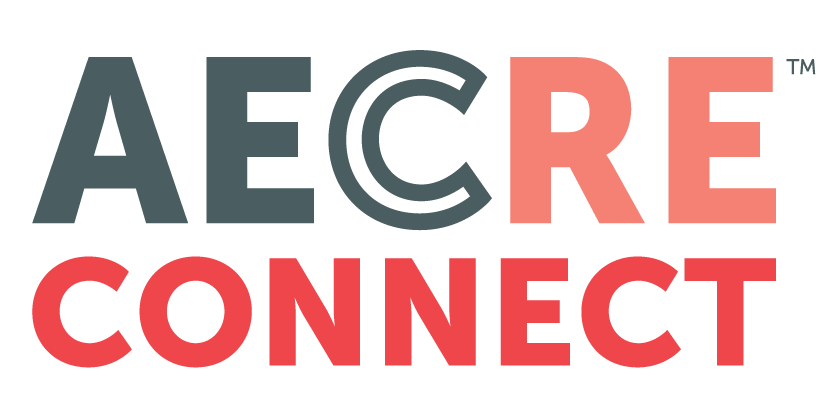Read the original article from ArizonaEconomy.com, a product of Elliott D. Pollack & Company, here.
Last week was a busy week for data. So, I’m going straight to it this week without the usual commentary. I’ll get back to that next week. The data, when taken together, paint a picture of a disease death rate effect that is, at least for now, waning and an economy that has a long road back. According to Johns Hopkins University, the number of daily deaths from Covid-19 in Arizona peaked on April 30th and has been declining since. Of all Covid-19 deaths in the state, over 78% were people 65 or older and another 12% were between 55-64. The bulk of the others who died were people who, unfortunately, had compromised immune systems. Covid-19 related hospitalizations peaked on April 6th and have also been on the decline ever since. As far as economic data, we have some unusual suspects this week. According to Opportunity Insights Economic Tracker, as of May 10th, total spending by all consumers in Greater Phoenix decreased by 19.4% from early January. Similar spending in the country as a whole was down 15.6% over the same period. The good news as of April 16th (the worst of the decline) spending in Greater Phoenix was down 32.8%. So, the worst seems to be behind us. The same story exists with seated diners. Obviously, that was down 100% from year earlier levels (it does not include take-out) from just past mid-March when restaurants were closed until May 11th when they reopened. Since then (thru May 23rd) things have improved. But, only modestly so. As of the week ending May 23rd, the U.S. was still down 90.8% from a year ago while the state as a whole was down 68.0% and Greater Phoenix was down 76.1% from year earlier levels. So, we have a long way to go. A special thanks to George Hammond of the University of Arizona, for some of the above data (you can follow George’s Director’s Blog at UArizonaEBRC on Twitter).
Most of the other data is national in scope. But the state is probably in the same ballpark. As of the week ending May 16th, hotel occupancy rates across the country stood at 32.4%. That is down from 70.8% a year ago. At the trough, presently the week ending April 11th, occupancy rates were 21.0% compared to 69.9% a year earlier. So, again, things are slowly improving but still have a long way to go.
The same is true for air travel. As measured by TSA checkpoint numbers, there were 1,839,139 passengers the week ending May 23rd. That’s up a lot (174%) from the 669,718 who traveled on the week ending April 18th. But, when you compared that to the 12,337.517 passengers who traveled the week of March 14th, you get declines of 89.1% and 95.4% respectively.
We’ve been hearing all along that a lot of surgeries were cancelled or postponed due to fears raised by Covid-19. Now there is clear evidence. The surgery cancellation rate worldwide for the peak 12 weeks of disruption from Covid-19 was a whopping 72%. For cancer surgery, it was 38%. For obstetrics, it was 25% and for benign surgeries it was 81%.
The best news is in Arizona business applications (applications for employer identification numbers). The number of applications was actually up for the week of May 16th when compared to year earlier levels. That’s good news.
As for the more typical data that we will discuss below, initial claims for unemployment insurance nationally are expected to rise at a modestly slower rate than last week (up 1,044% from a year ago). Leading indicators continued to decline but not by that much. Housing permits were down but builder confidence was up. And existing home sales were down by a modest amount considering that the country was on lockdown in April.
In Arizona, initial claims were actually up slightly and now represent 19.5% of those who were employed in March. Employment numbers were terrible for Arizona but look good relative to the rest of the country. The same is true for Greater Phoenix. The Valley is now the second best employment market in the U.S. for the first four months of the year. It did manage to lose a lot of jobs in April. But, it has lost only one-third of the jobs gained from the trough in September 2010 to the peak in February 2020. That’s way better than the country as a whole. And finally, housing permits in Greater Phoenix were down in April but only modestly so.
U.S. Snapshot:
- Initial claims for unemployment insurance continued to climb at a modestly slower rate. For the week of May 16th, initial claims increased by 2,438,000. That’s an increase of 1,044% over a year ago. It compares to 2,687,000 for the week of May 9th. Since the middle of March, initial claims have risen by 38,636,000. That represented 25.5% of the mid-March employment.
- The Conference Board’s Index of Leading Economic Indicators fell by 4.4% in April to 98.8. This followed a 7.4% decline in March and 0.2% decline in February. April’s drop was due to a broad-based deterioration in the components. Manufacturing hours, initial claims and building permits led the decline. The decline is not surprising given current events.
- The NAHB Housing Market Index rose from 30 in April to 37 in May. It was 68 a year ago. This does show that the housing market seems to be stabilizing.
- Single family permits in April were down 16.4% from year earlier levels to 669,000. This compares to 800,000 a year ago and 884,000 in March.
- Existing single family home sales in April were down 15.5% from a year ago and were down 16.9% from March. This is a good result given that most of the country was sequestered in March.
Arizona Snapshot:
- Initial claims for unemployment insurance rose by 31,957 or the week of May 16th. This was an 647% increase over a year ago. For the previous week, initial claims were up 31,570. Since the week of March 21st, initial claims have grown by 580,835. That is 19.5% of the mid-March employment level and implies an unemployment rate of 21.5%.
- Arizona nonfarm employment fell by 232,300 jobs in April from year earlier levels. That’s a 7.9% drop. All of the loss was in the private sector as government grew by 300 jobs over the year. The largest losses were in leisure and hospitality (down 126,300 from a year ago), trade, transportation and utilities (down 41,300 jobs from a year ago), professional and business services (down 25,500 jobs from a year ago) and educational and health services (down 19,000 from a year ago). Other than government, the sectors that performed the best versus a year ago were natural resources and mining (up 500 jobs), financial activities (down 100 jobs), and construction (down 500 jobs). The seasonally adjusted unemployment rate in the state was 12.6% in April.
- Strange as it may seem, on a year to date basis, Arizona ranks second in terms of employment. Only Utah is ahead of Arizona. Utah grew by 0.2% for the first four months of this year while Arizona was second with a decline of 0.2%.
- In last week’s MMQ, we discussed how the U.S. economy lost almost all the jobs it gained in the decade since end of the Great Recession. Arizona fared better. The state has lost about half of the jobs gained in the recovery and expansion that ended in February of this year. And Greater Phoenix did better than the state as a whole. It lost “only” 43% of the jobs gained since the end of the Great Recession to the peak in February. Tucson has lost 90.7% of the jobs gained. But everything is relative.
- Over the last year, nonfarm employment in Greater Phoenix fell by 164,000. That’s a 7.6% decline. The unemployment rate in the area in April was 12.3%.
- According to R.L. Brown, single family housing permits in the Greater Phoenix area in April were down 6.1% from a year ago to 1,871 vs. last year’s 1,993. This was a very good result given the shutdown of most businesses and the stay at home situation that most people were in.
- Single family housing permits in Southern Arizona were down 38.6% in April.



